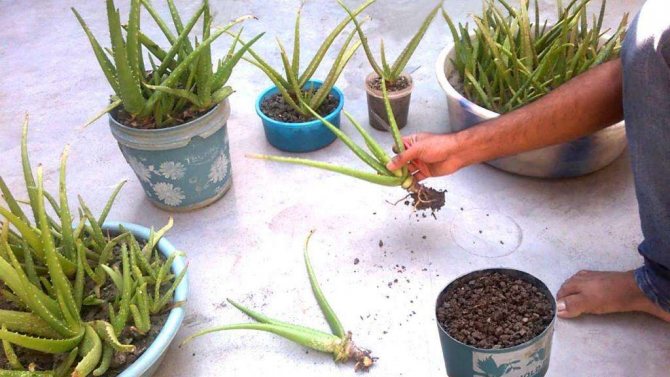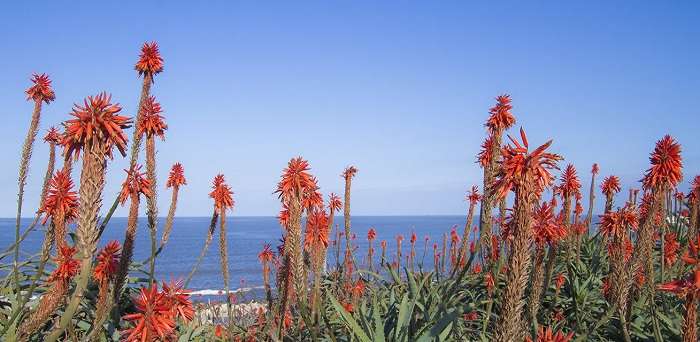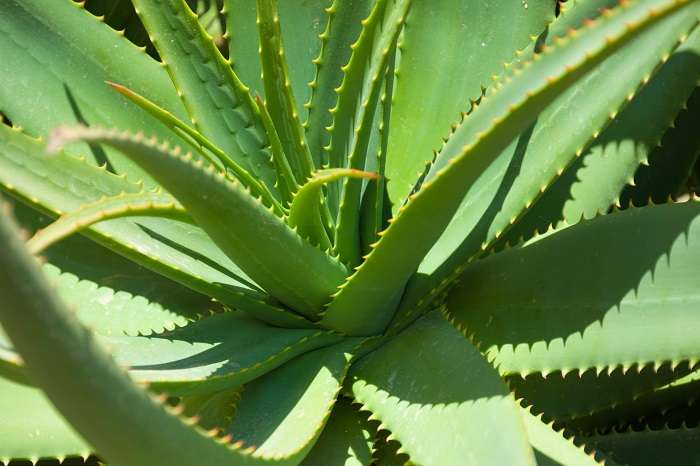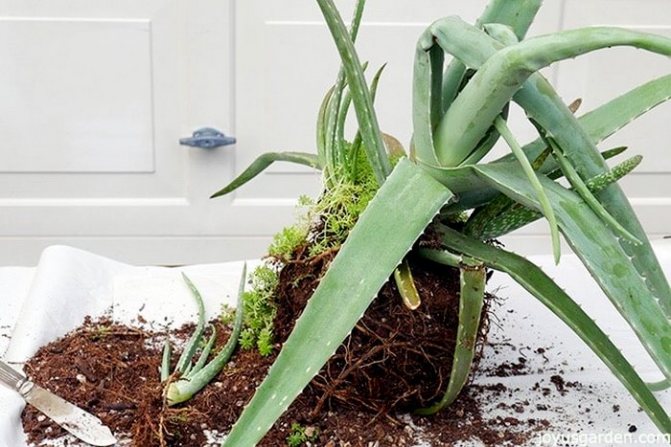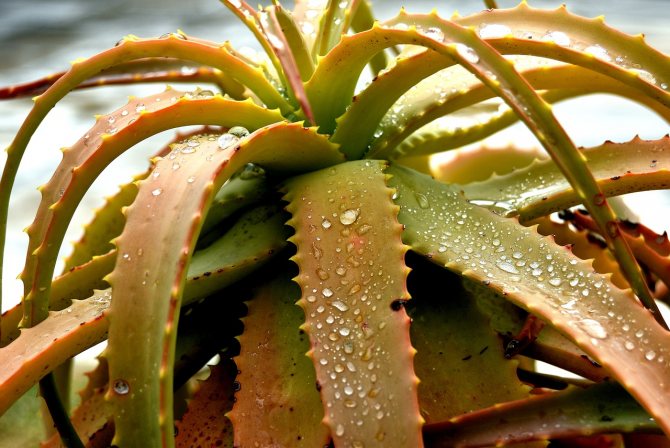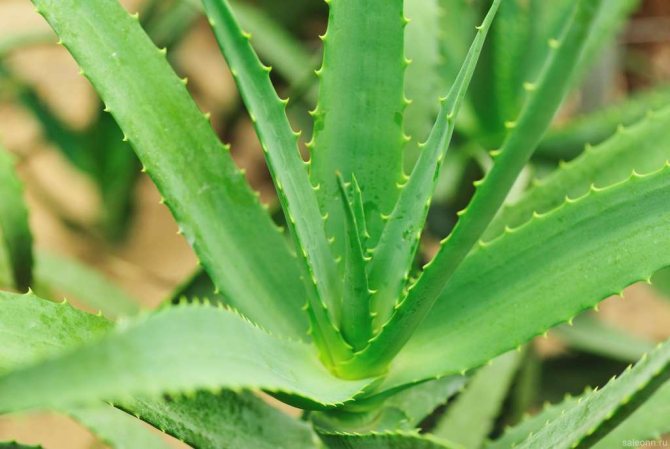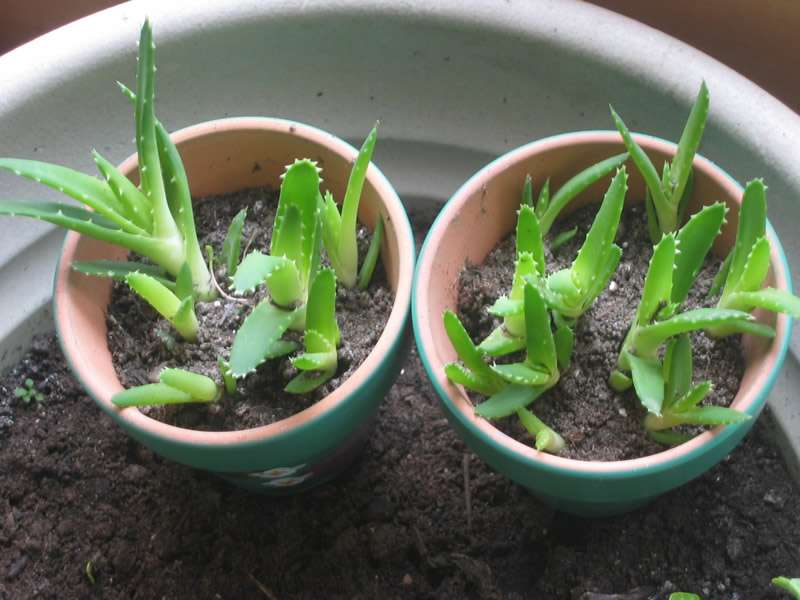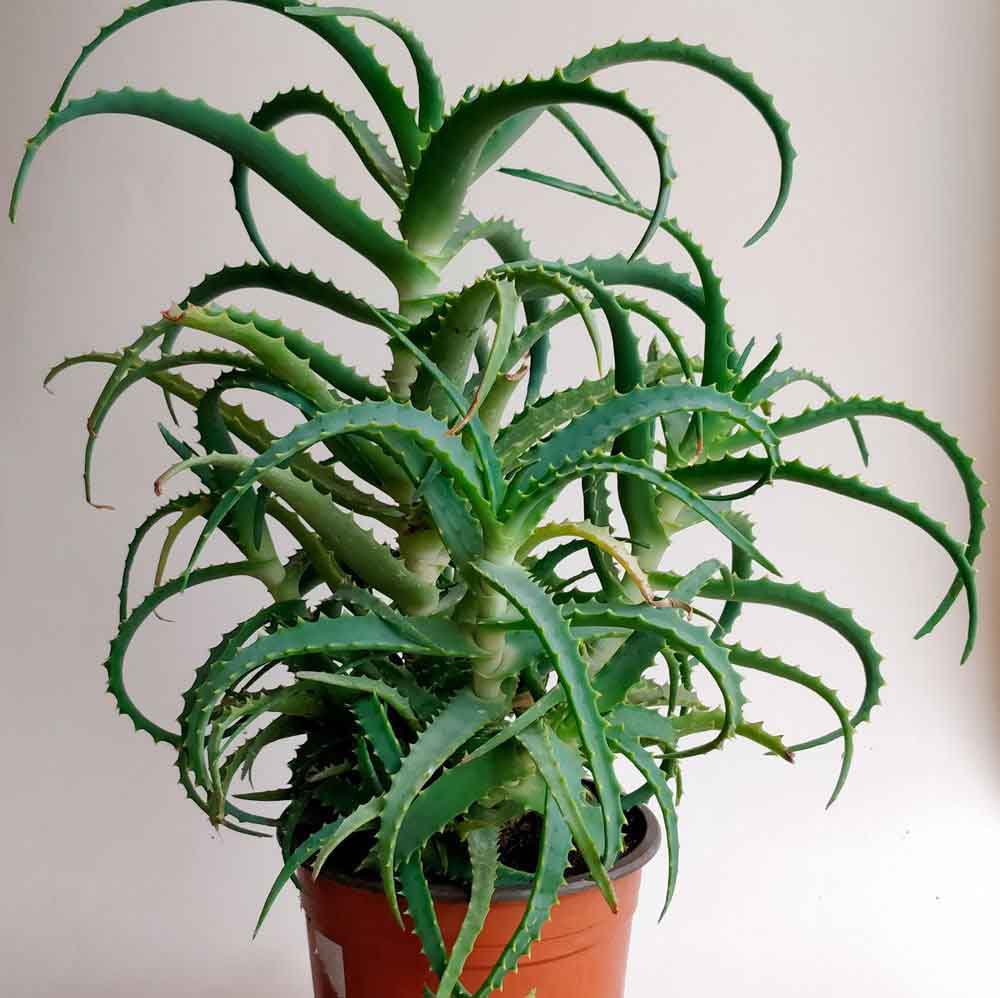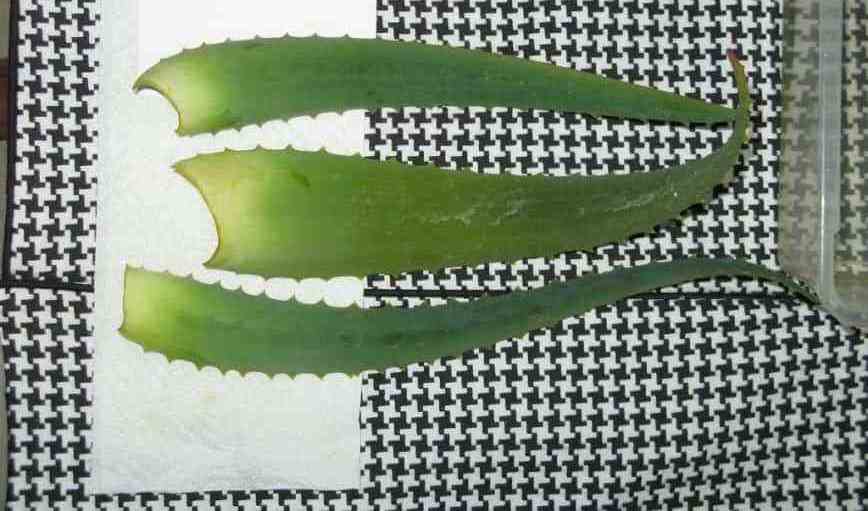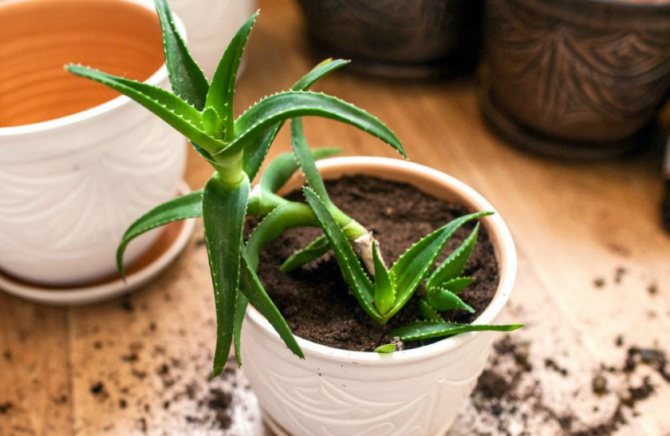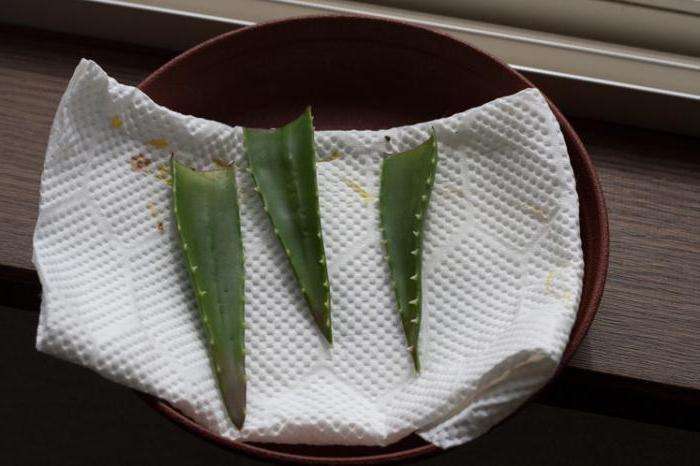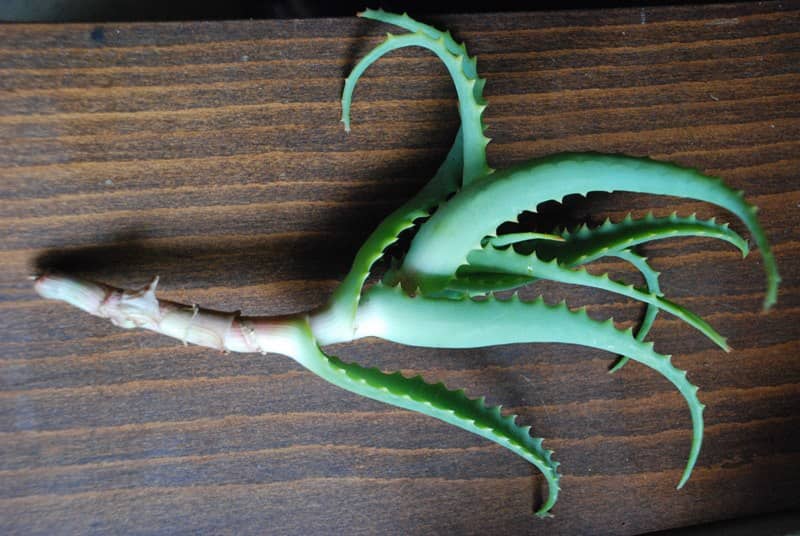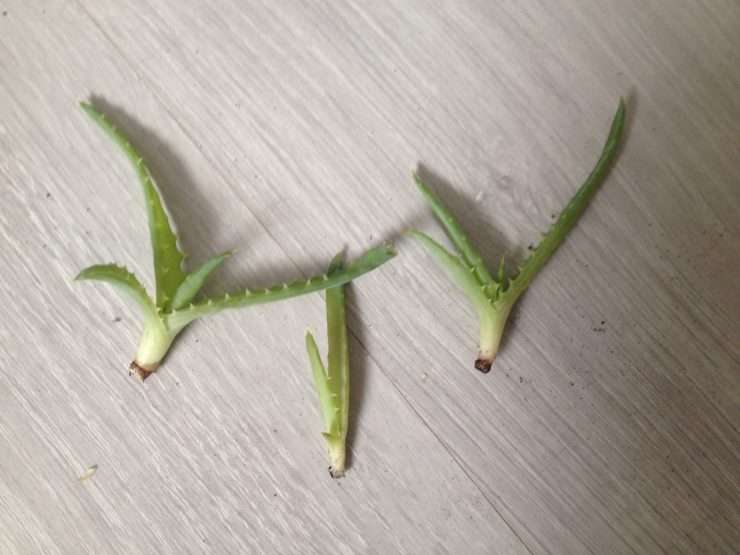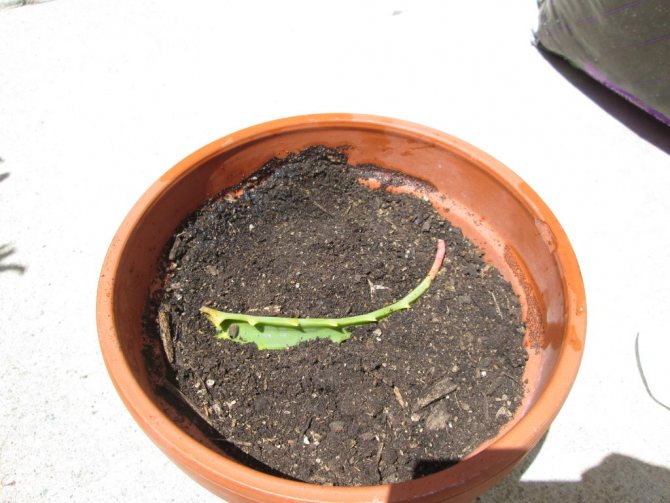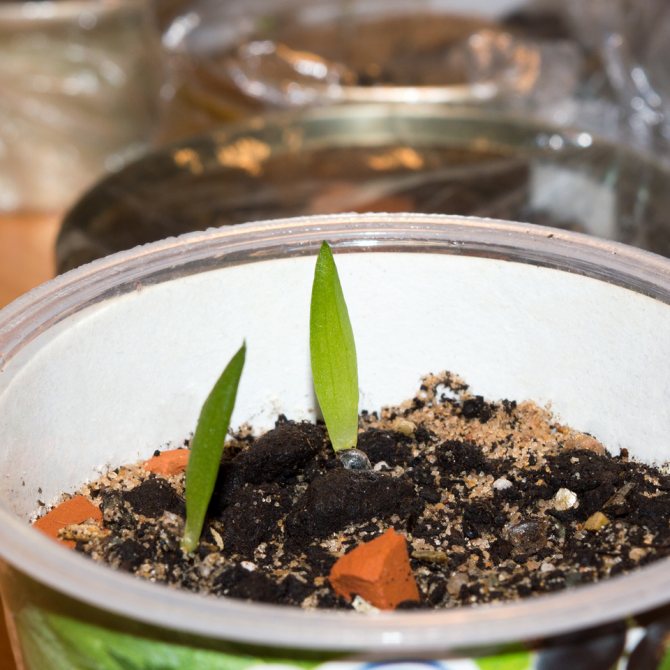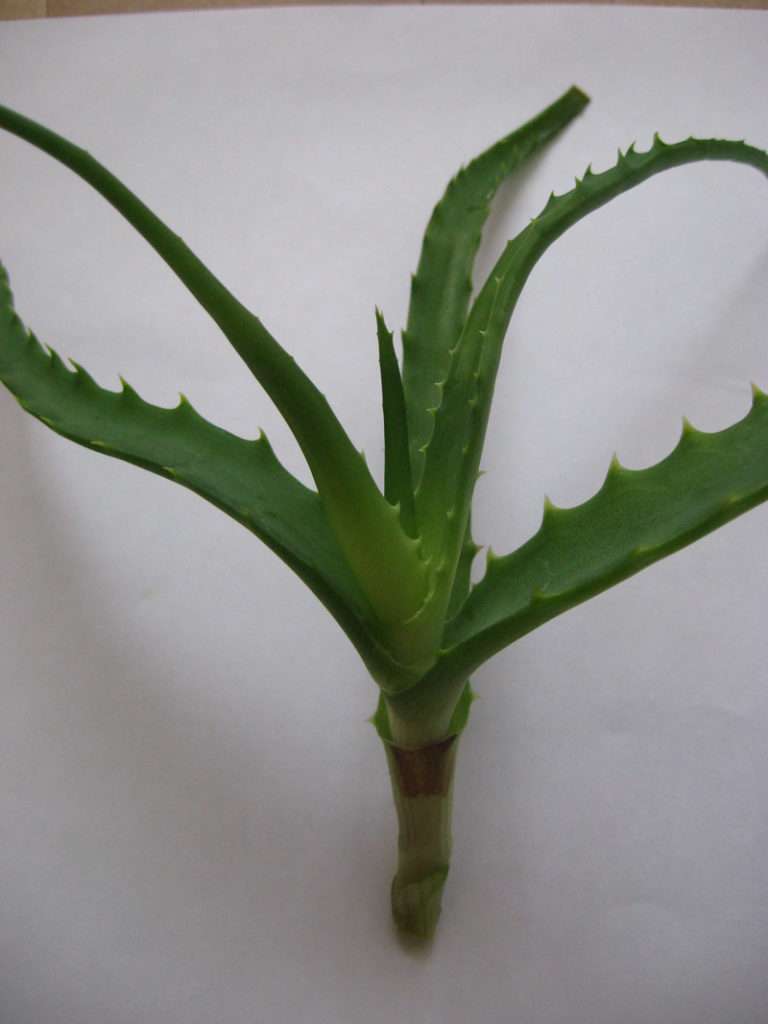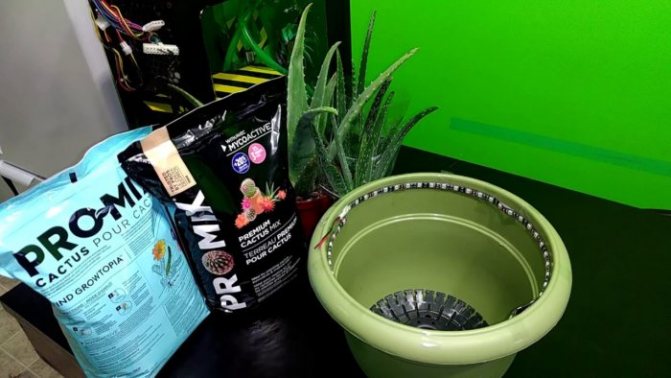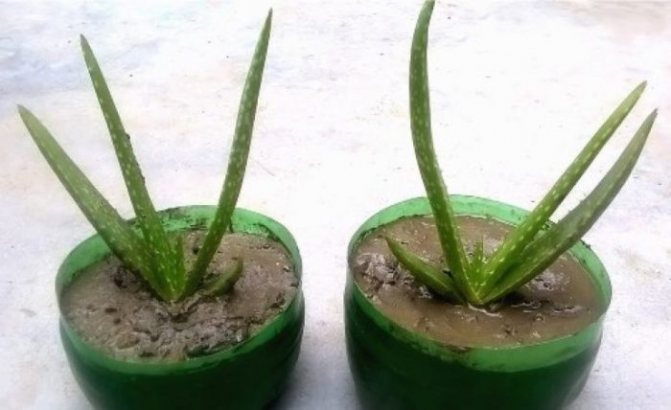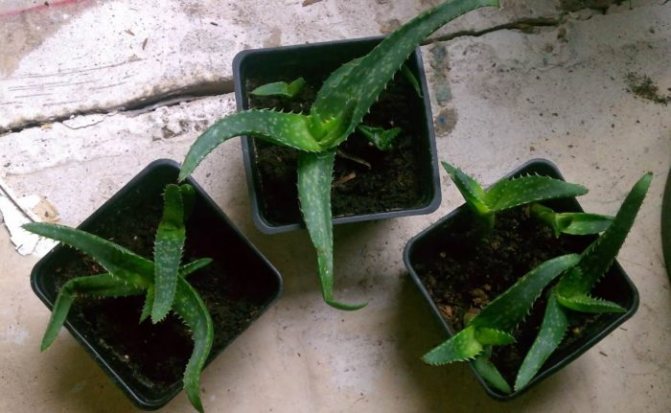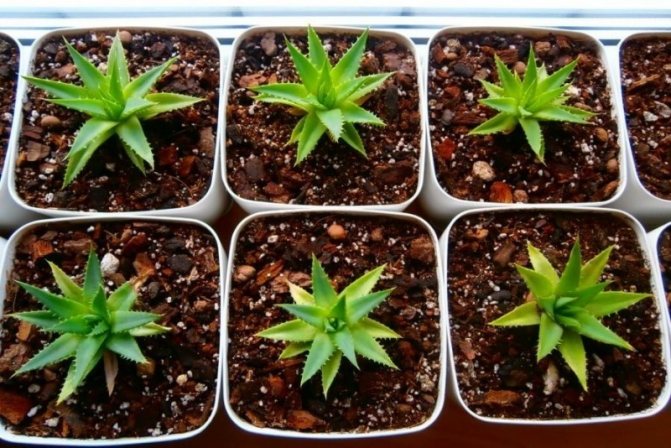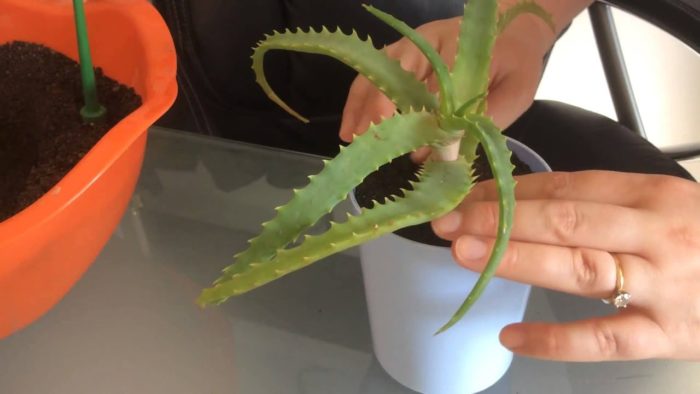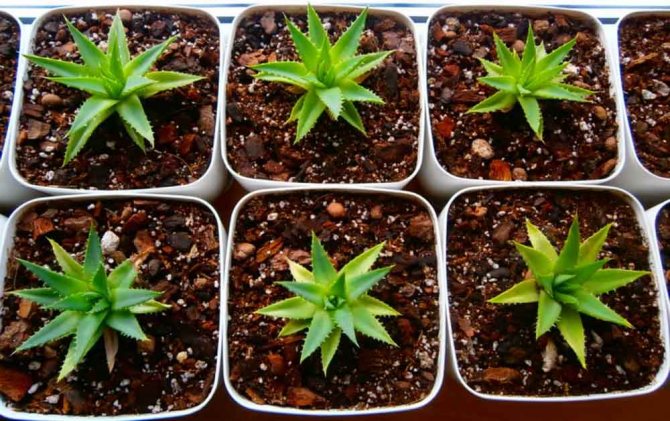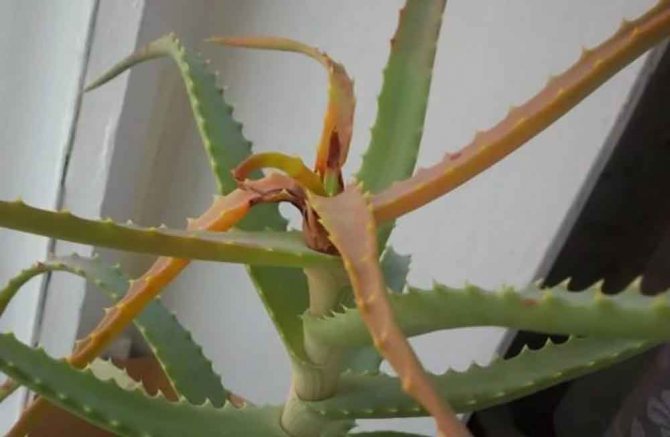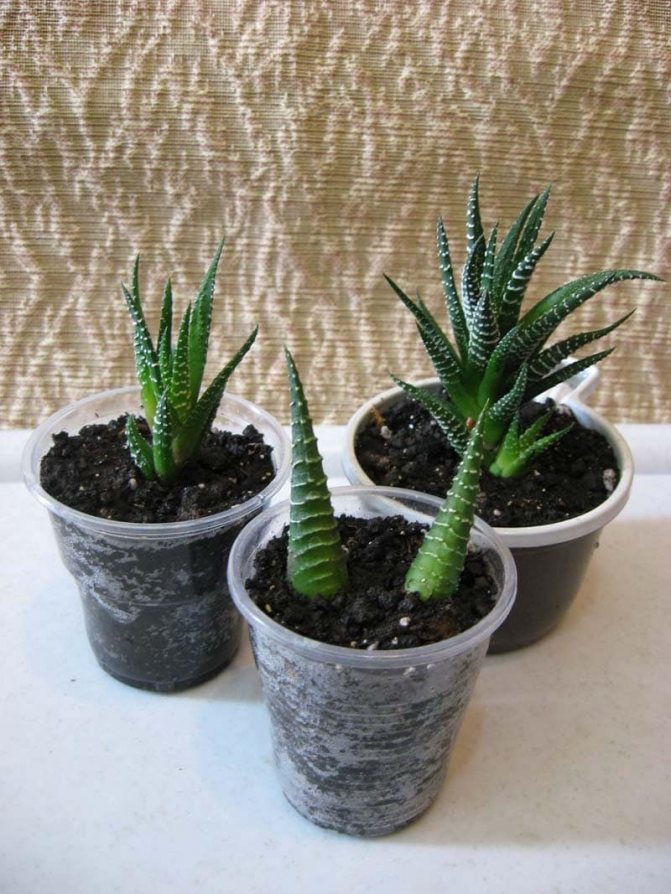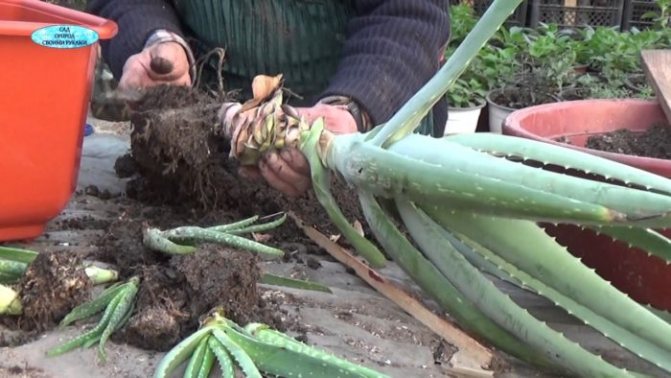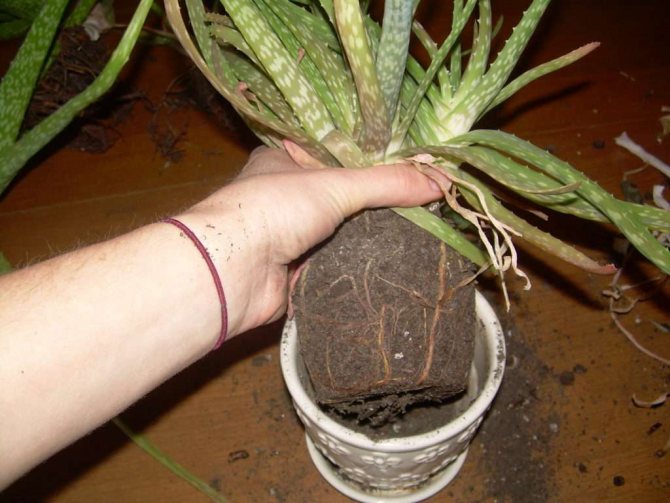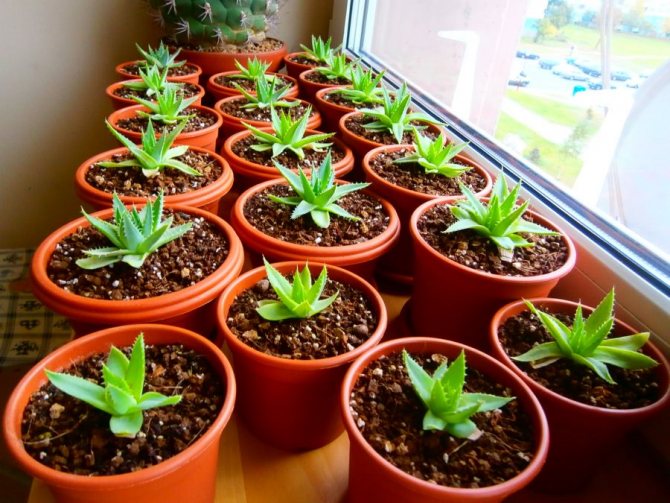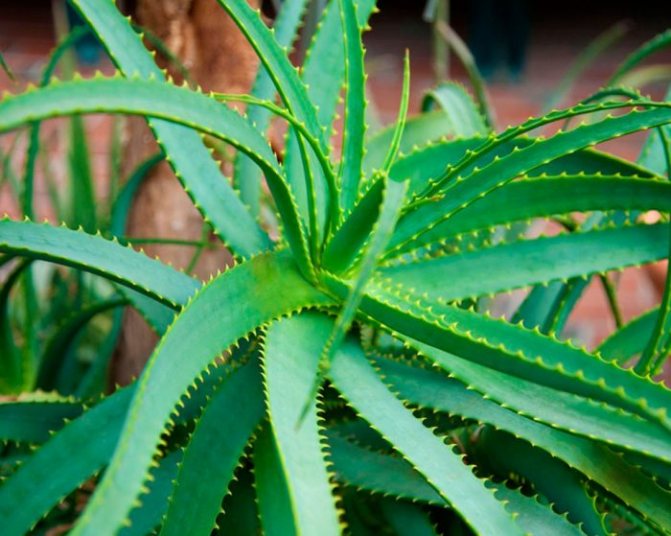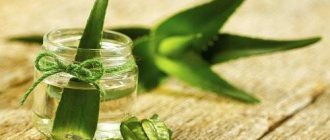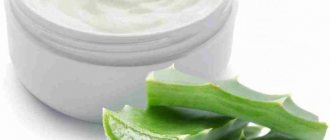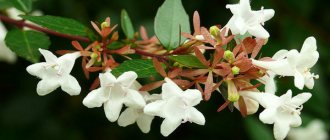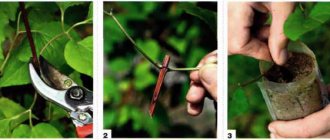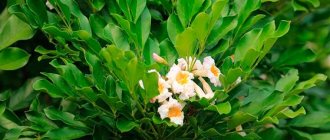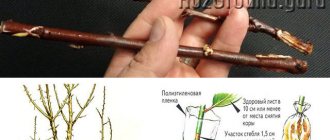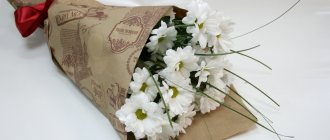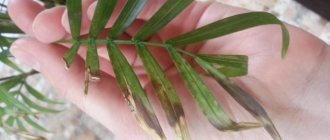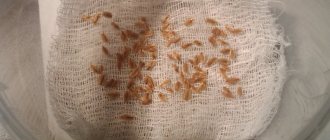What time of the year to reproduce and can it be planted in winter?
Aloe is a houseplant and the agave can be propagated at home at any time of the year, both in winter and in summer. The main condition will only be the maintenance of the optimal temperature regime. But experts advise in winter, it is better not to disturb aloe.
Dry air, lack of sunlight and exposure to drafts lower the plant's immunity. He often carries various diseases and pests. In this regard, experienced florists are advised to propagate flowers in early spring.
It is at this time that the plants come out of the dormant period, their natural processes are activated, and rooting occurs much faster.
Types of aloe with photos and names
White-flowered aloe (Aloe albiflora)
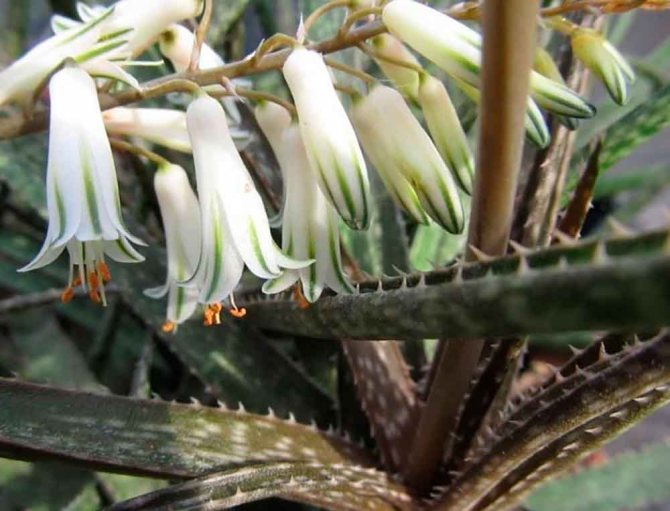
This type of bush has no stem at all. The width of the narrow leaf plates is about 5 centimeters, and their length is up to 25 centimeters, along the edge there are small white thorns. The foliage is greenish-gray with a large number of white dots on its surface. During flowering, a peduncle grows about 50 cm long, brushes consisting of white flowers are formed on it. This aloe can be easily propagated by rosettes.
Fan aloe (Aloe plicatilis)
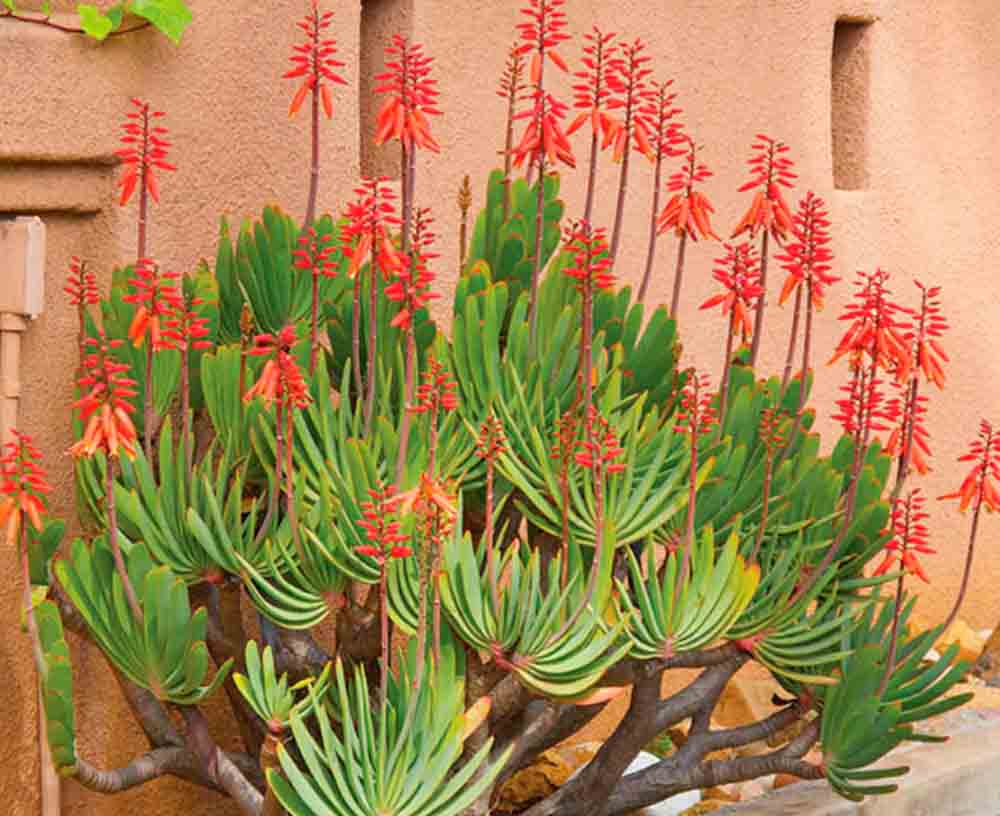

This aloe is a bushy plant, the stem of which becomes lignified over time. The height of a highly branching bush can reach about 5 meters. The trunk is divided into small branches, and a leaf rosette is formed on each of them. Opposite leaf plates grow in 14-16 pieces, their shape is linear, and the top is rounded. The length of the grayish-green leaf plates is no more than 30 centimeters, and their width is up to 4 centimeters, as a rule, the edge is smooth. On the tops of long peduncles, brushes are formed, consisting of 25-30 red flowers. The length of the peduncle can reach up to 0.5 meters. This species stands out from the rest in that it needs more frequent watering. This plant is also called aloe umbrella (Aloe tripetala), or aloe lingual (Aloe linguaeformis), or aloe lingual (Aloe lingua).
Aloe vera
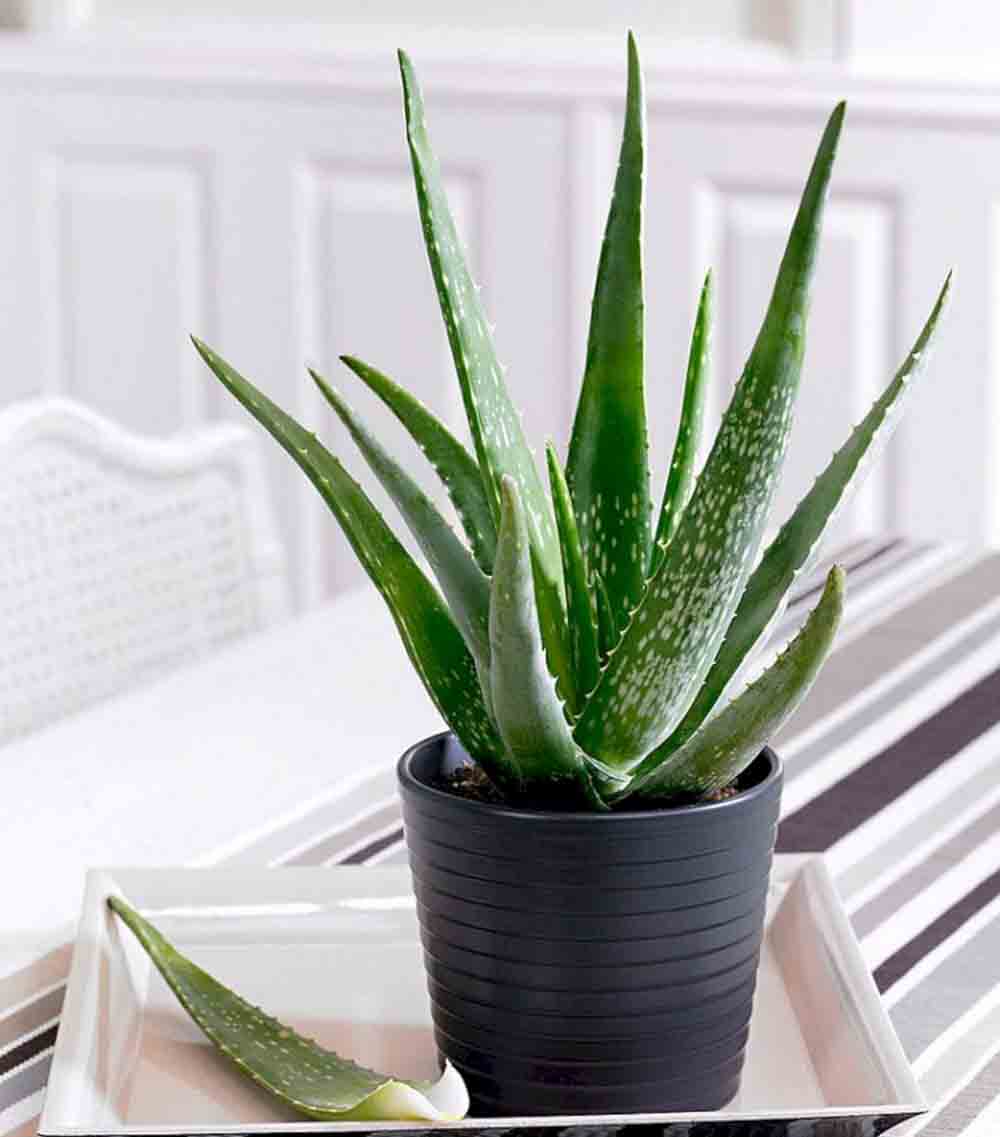

The shoots of the bush are short. Collected in small rosettes, green foliage has a lanceolate shape, most often there are specks of white on its surface, and on the edge there are thorns of a pale pink hue. The length of the sheet plates can be up to about 0.5 meters. On a high peduncle, several brushes are formed, which consist of pale yellow flowers, reaching about 30 mm in length. There are varieties with red flowers. This species is also called aloe Lanza (Floe lanzae), or Indian aloe (Aloe indica), or Barbados aloe (Aloe barbadensis).
Aloe descoingsii
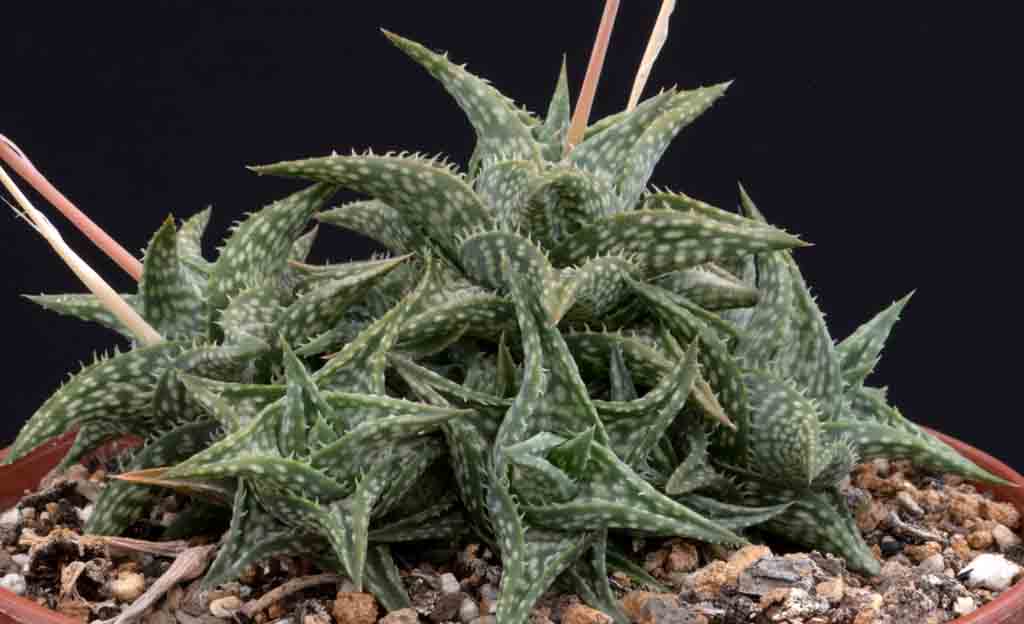

This herbaceous plant has an extremely short stem. The foliage growing from the root is collected in a rosette, its length is only about 40 mm, and its shape is elongated-triangular. On the surface of the slightly grooved pale or dark green leaf blades, there are many dots of white tint. The tubular orange flowers are about 10 mm long.They are collected in a brush that forms in the upper part of a thirty-centimeter peduncle that grows out of a flower rosette. The species can be quickly propagated by basal young rosettes.
Aloe jacksonii
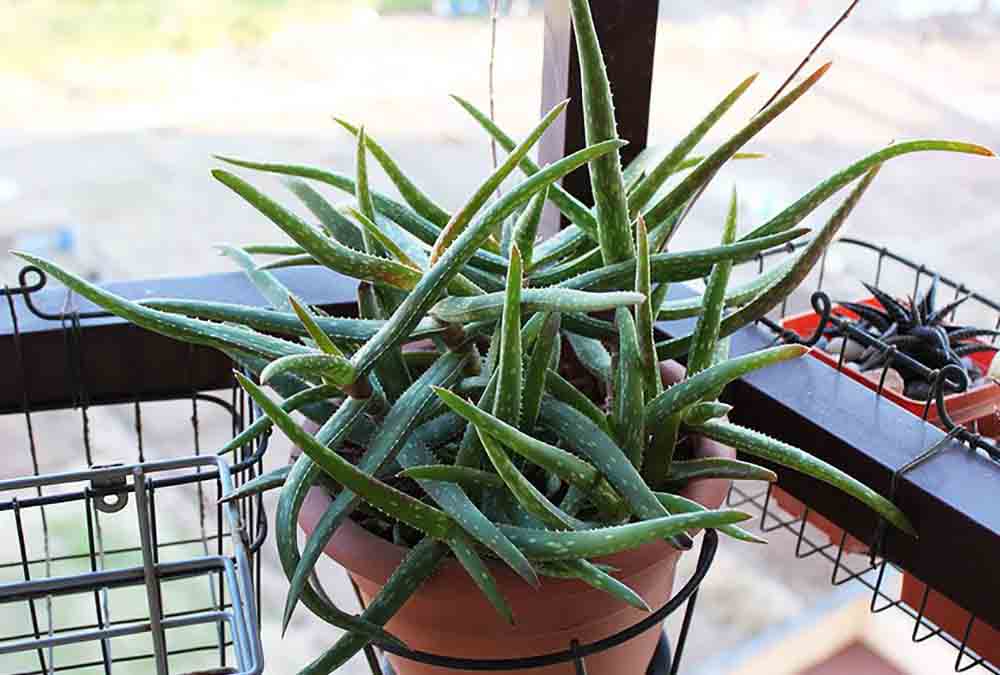

This bushy perennial aloe plant has a rather short stem (which is about 30 centimeters high). The length of narrow leaf plates is up to 10 centimeters, they have small thorns along the edge, and 1 longer thorn grows in the upper part. On both surfaces of greenish foliage, there is a coating of wax and whitish spots. During the flowering period, a peduncle is formed with a length of 20 centimeters, on which a brush, consisting of reddish tubular flowers, grows.
Aloe dichotoma
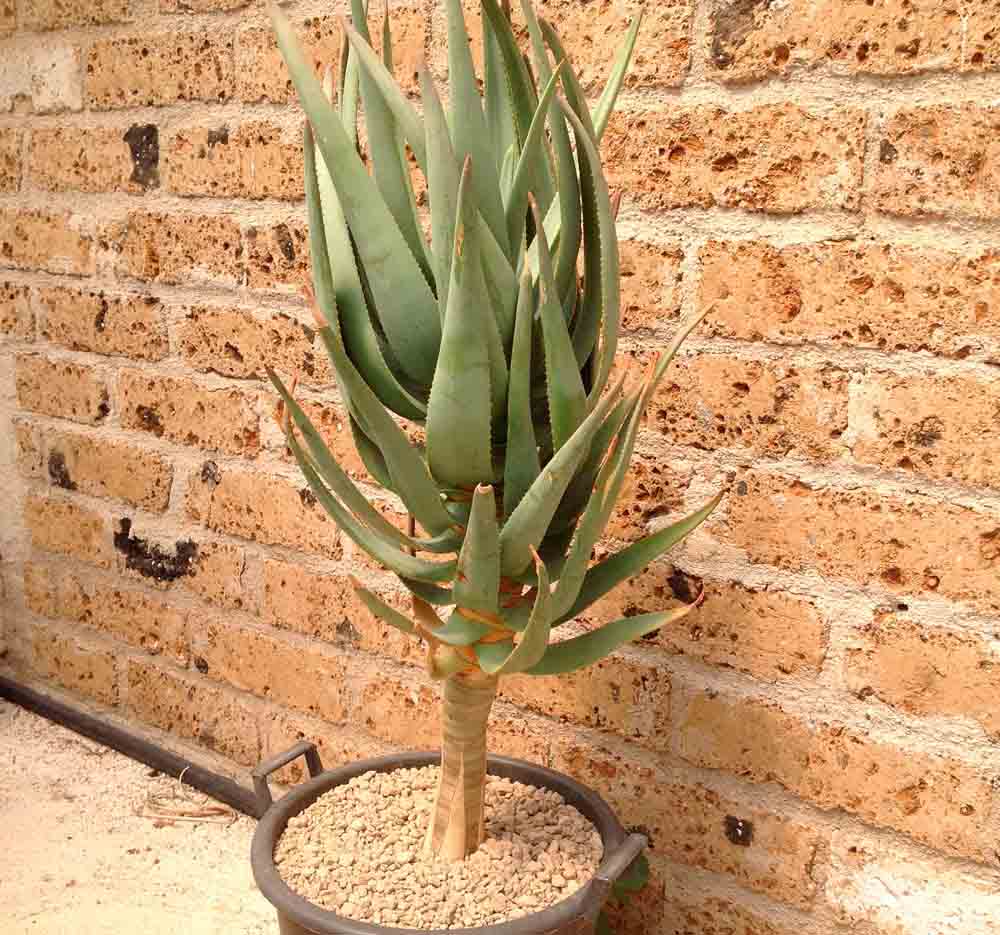

In nature, this species is a tree-like evergreen perennial plant, the height of which can reach up to 8 meters. On both surfaces of the bluish-green leaf plates there is a waxy coating, their length is about 40 centimeters, and their width is up to 6 centimeters, small spikes are located along the edge. The brushes that form during flowering consist of yellow tubular flowers. One peduncle can grow from 1 to 3 inflorescences.
Aloe arborescens
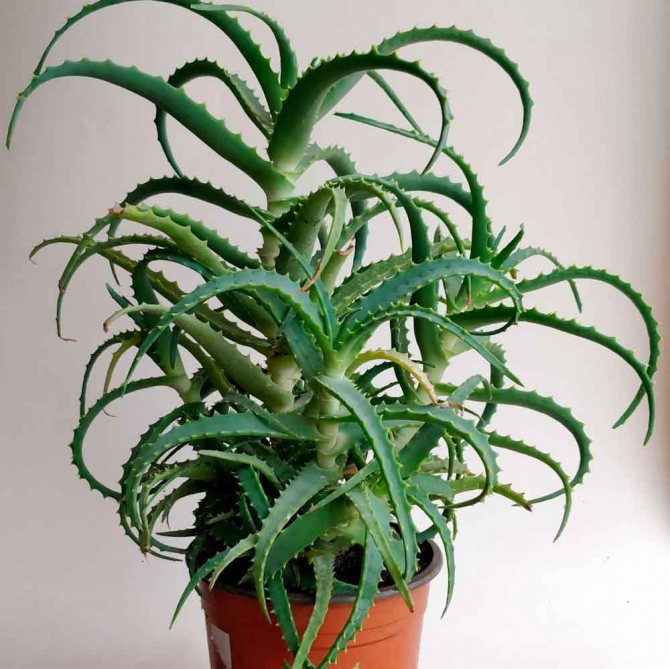

This species, widely cultivated in indoor conditions, is also called "agave". The height of a tree or bush can be up to 3 meters. Gradually, the shoots are bare from below, and in the upper part they branch strongly. The apical rosette dense fleshy leaf plates have a xiphoid shape in length, and curved concave in width. They are grayish-green in color, approximately 0.5 meters long and approximately 60 mm wide. On the edge of the plate there are thorns, reaching 0.3 cm in length. Aloe species blooms in May-June, however, when grown at home, flowers on the aloe bush can be seen infrequently. On a high peduncle, brushes are formed, consisting of pink, red or yellow flowers.
Aloe camperi
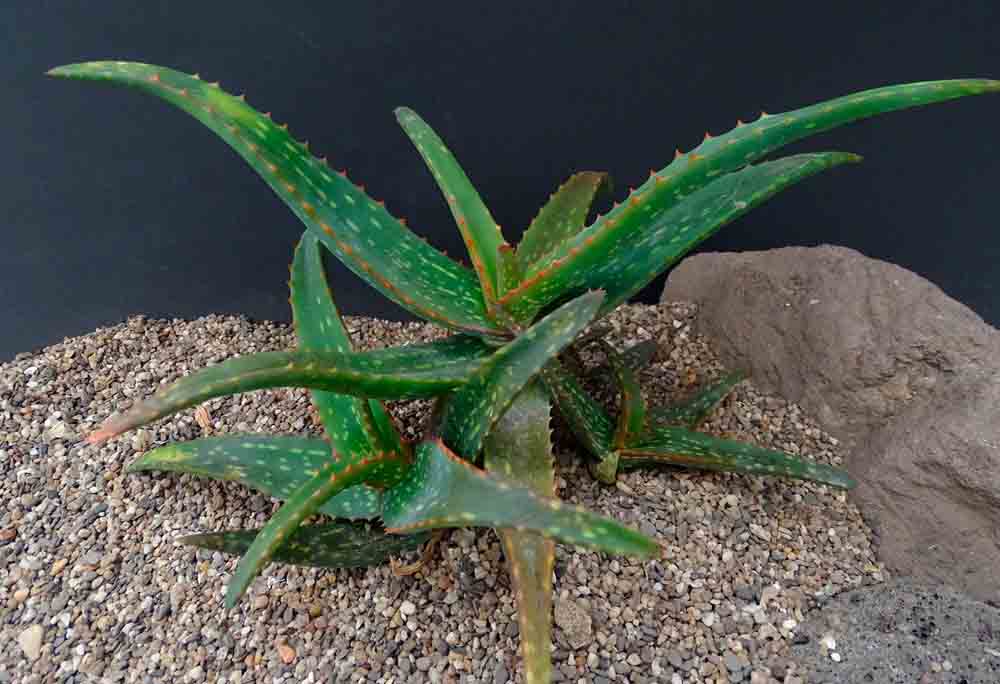

The aloe species is a low perennial herb. Curved narrow glossy leaf plates have a green color and a lanceolate shape, their width is up to 50 mm, and their length is about 50 cm, the edge is finely toothed. During the flowering period, a high peduncle forms, on which clusters grow, consisting of orange, red or yellow tubular flowers, the length of which is not more than 50 mm.
Aloe cap-shaped (Aloe mitriformis)


The stem of this herbaceous perennial plant is short. The leaf plates growing from the roots are collected in a rosette and have a rounded triangular shape, their length is about 20 centimeters, and their width is no more than 15 centimeters. The color of the foliage can be anything from bluish-gray to green; many small thorns grow on its seamy surface, as well as on the edge. A tall peduncle grows from a leaf rosette, in the upper part of which a racemose inflorescence is formed, consisting of tubular flowers of a deep red or simply red color. At home, aloe blooms extremely rarely.
Short-leaved aloe (Aloe brevifolia)
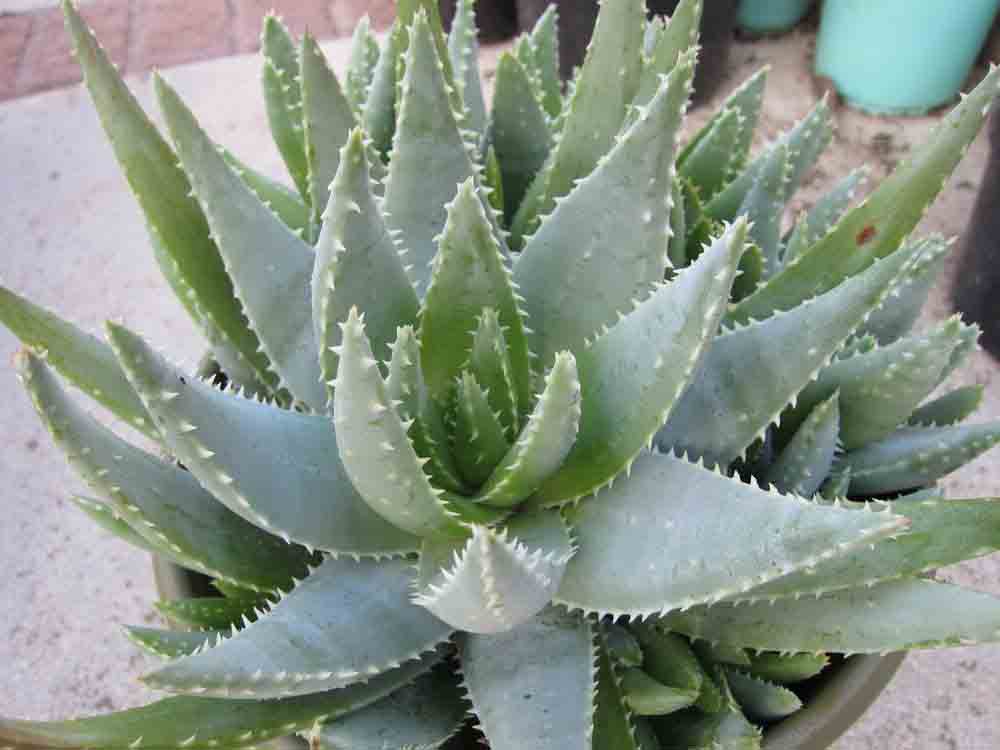

This herbaceous perennial plant has foliage collected in rosettes. Their shape can be different from triangular to lanceolate, they reach about 11 centimeters in length and up to 4 centimeters in width. White teeth are located on the outer surface of the plate and on its edge. The foliage is bluish-green. Tubular red flowers are collected in a raceme that forms at the top of a tall peduncle.
Aloe bellatula
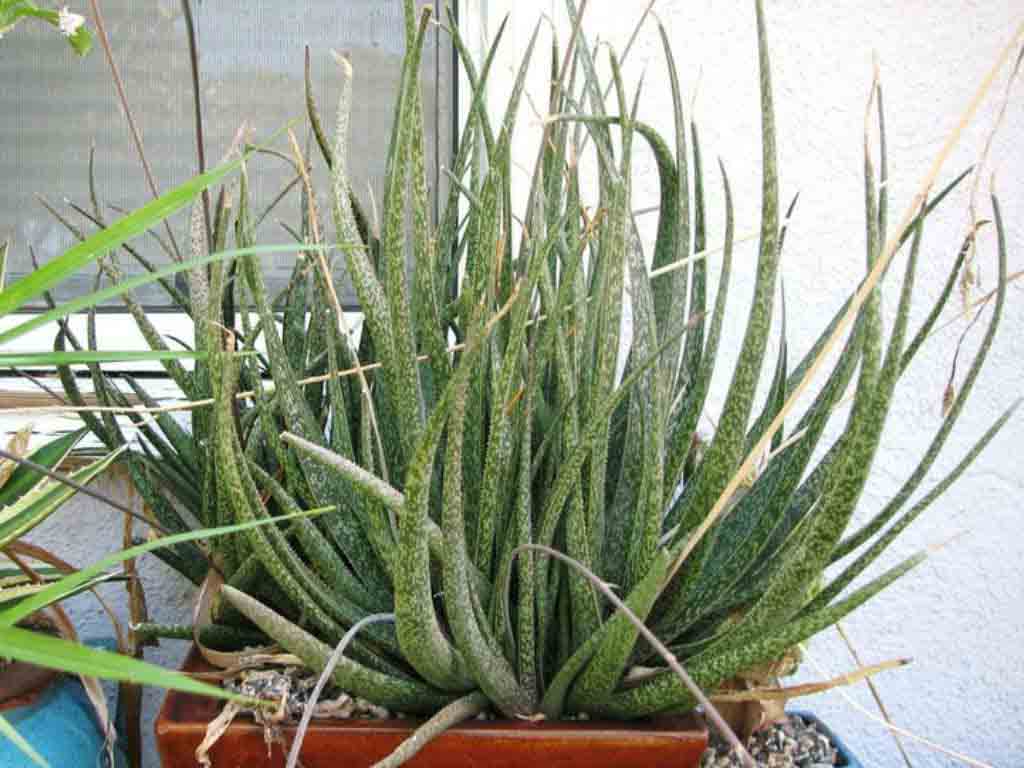

The homeland of such a stemless herbaceous plant is Madagascar. The rosette foliage growing from the root is only about 15 centimeters long and about 1 centimeter wide.On the surface of the dark green plate, there are many white spots and tubercles, and on the edge there are small spines. Bell-shaped flowers are painted in coral color.
Aloe marlothii
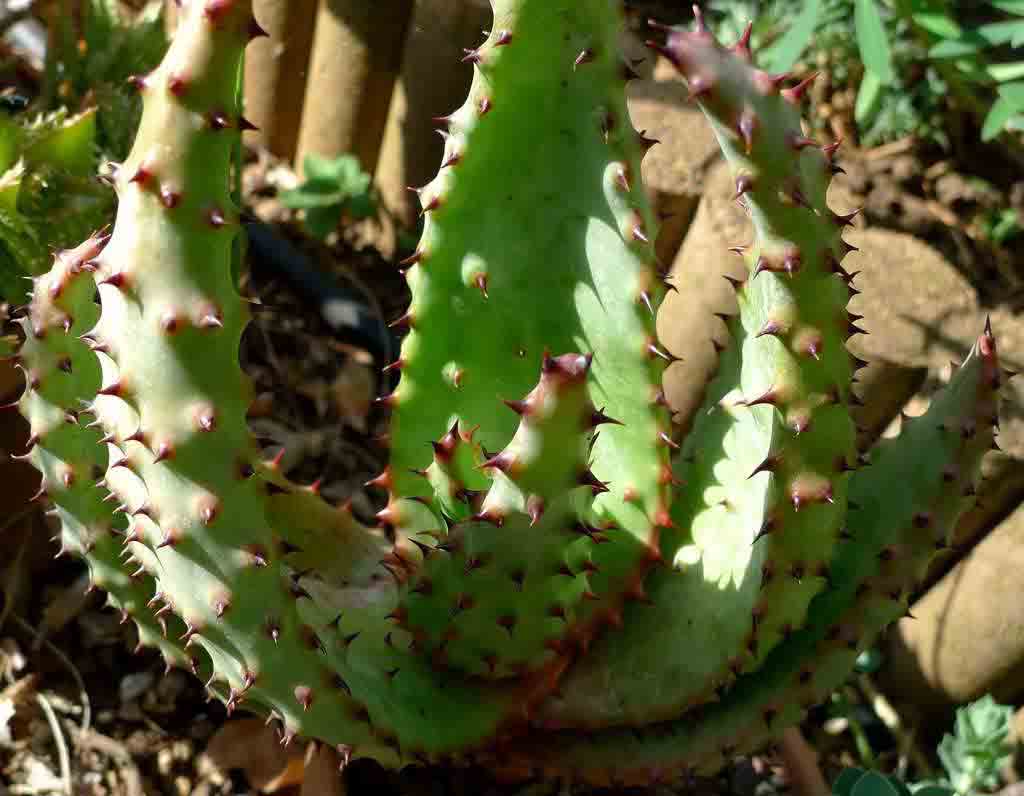

The height of this aloe shrub is about 3 meters. Fleshy lanceolate leaf plates are collected in a basal rosette, on both surfaces there is a waxy coating. They are painted grayish-green, their length is up to one and a half meters, and their width is up to 30 centimeters. Both surfaces of the plate, as well as its edge, are covered with a large number of small pale red spines. Tubular flowers are collected in a brush, most often they are painted in an orange-red hue.
Soap aloe (Aloe saponaria)
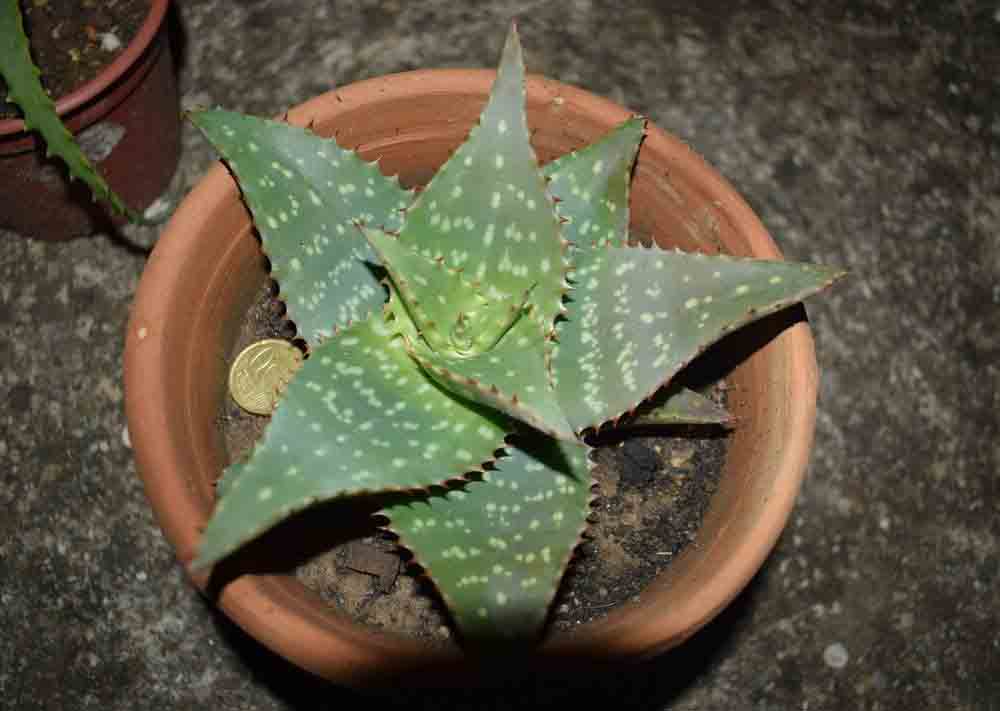

Or soapy aloe, or spotted aloe (Aloe maculata). The bush has a branching stem and, as a rule, several leaf rosettes are formed in it. The length of the flat-curved green leaf plates is about 0.6 meters, and their width is up to 6 centimeters, on both surfaces there are many specks of white color, along the edge there are five-millimeter spikes. Small racemes are composed of yellow flowers, which sometimes have a reddish tint.
Aloe aristata (Aloe aristata)
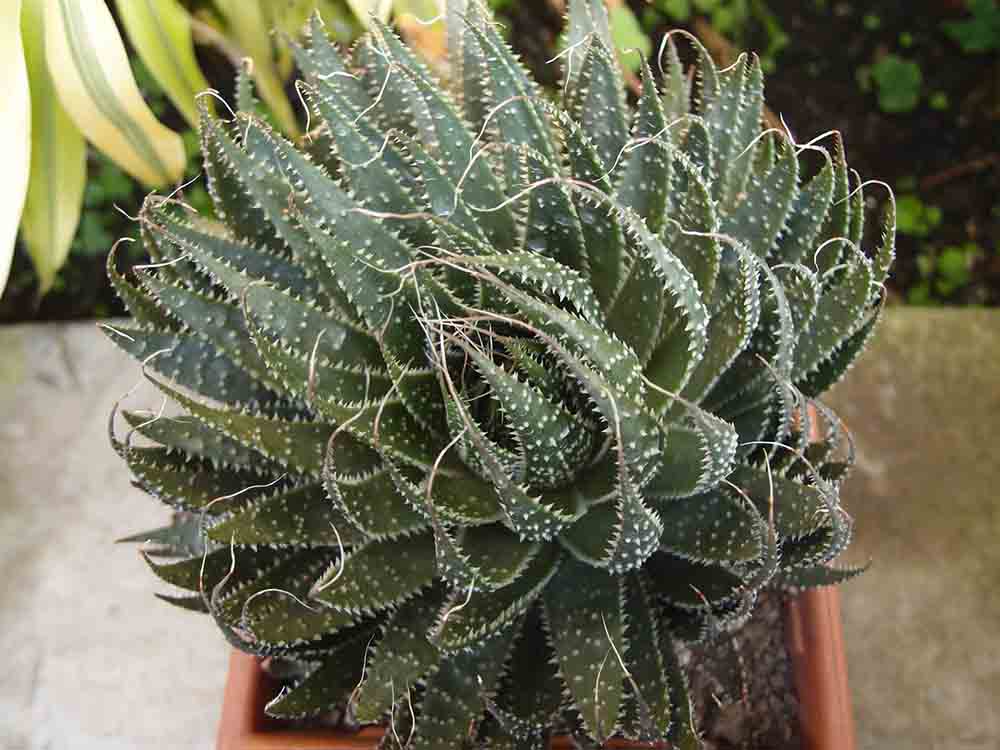

Such a bushy plant has short stems. Triangular green foliage is part of the rosette, it is decorated with whitish tubercles, and small thorns are located along the edge. A long thread grows at the tip of the slightly curved plate. On a high peduncle, several brushes are formed, consisting of 20-30 orange-red flowers, the shape of which is tubular.
Aloe distans
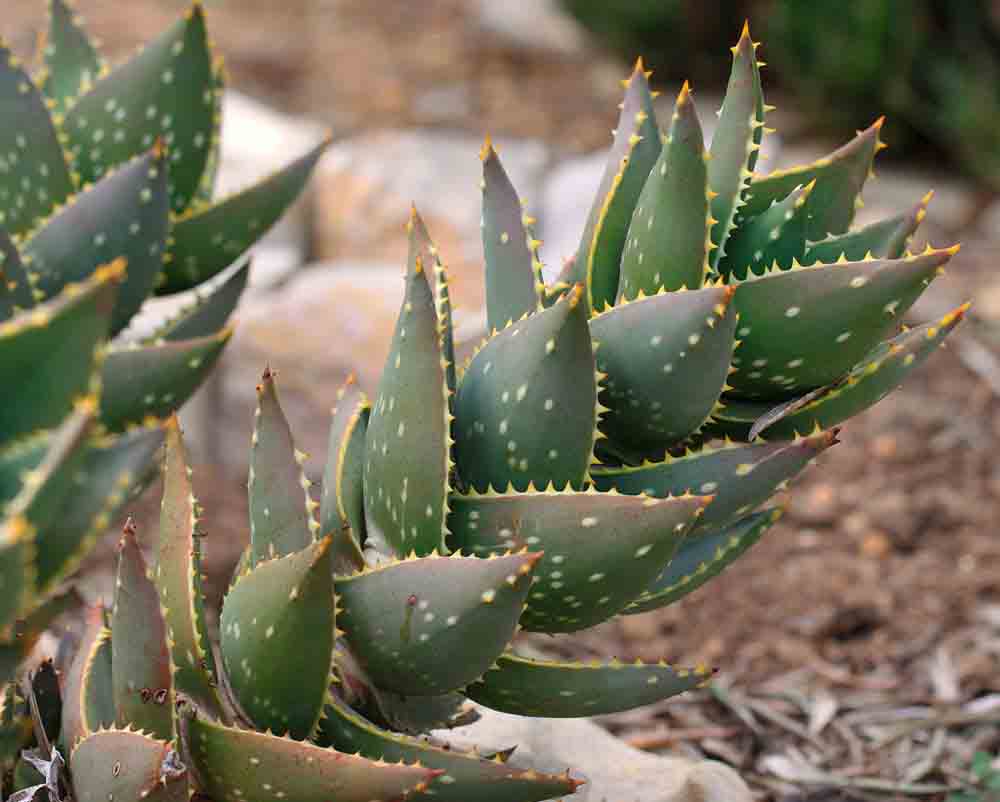

In such a shrub of aloe, creeping stems reach approximately 3 meters in length. The length of the pointed-ovoid grayish-green leaf plates is about 10 centimeters, at the base they reach 6 centimeters wide. There are small white thorns along the edge and in the middle of the leaf plate. When the bush blooms, it is decorated with brushes consisting of yellow tubular flowers.
Aloe striata, or gray aloe
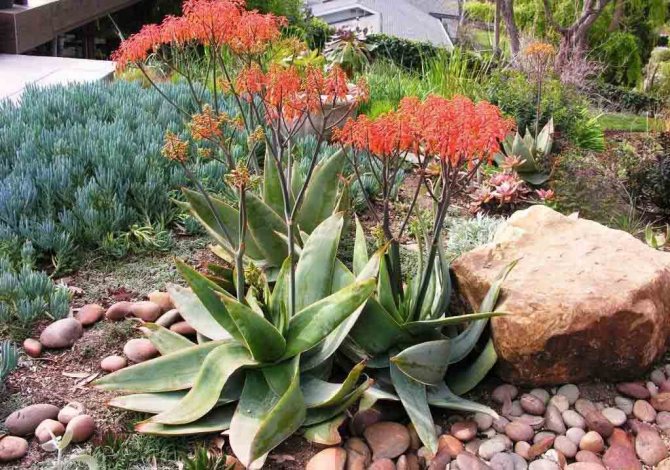

The homeland of such a stemless perennial plant is South Africa (South Africa). Collected in a basal rosette, fleshy dense leaf plates have a grayish-green color, their width is up to 15 centimeters, and their length is about half a meter. The smooth edge of the plate is colored red. As a rule, on a high peduncle, several brushes are formed, consisting of small reddish flowers. The species blooms in the second half of spring.
Aloe tiger (Aloe variegata)
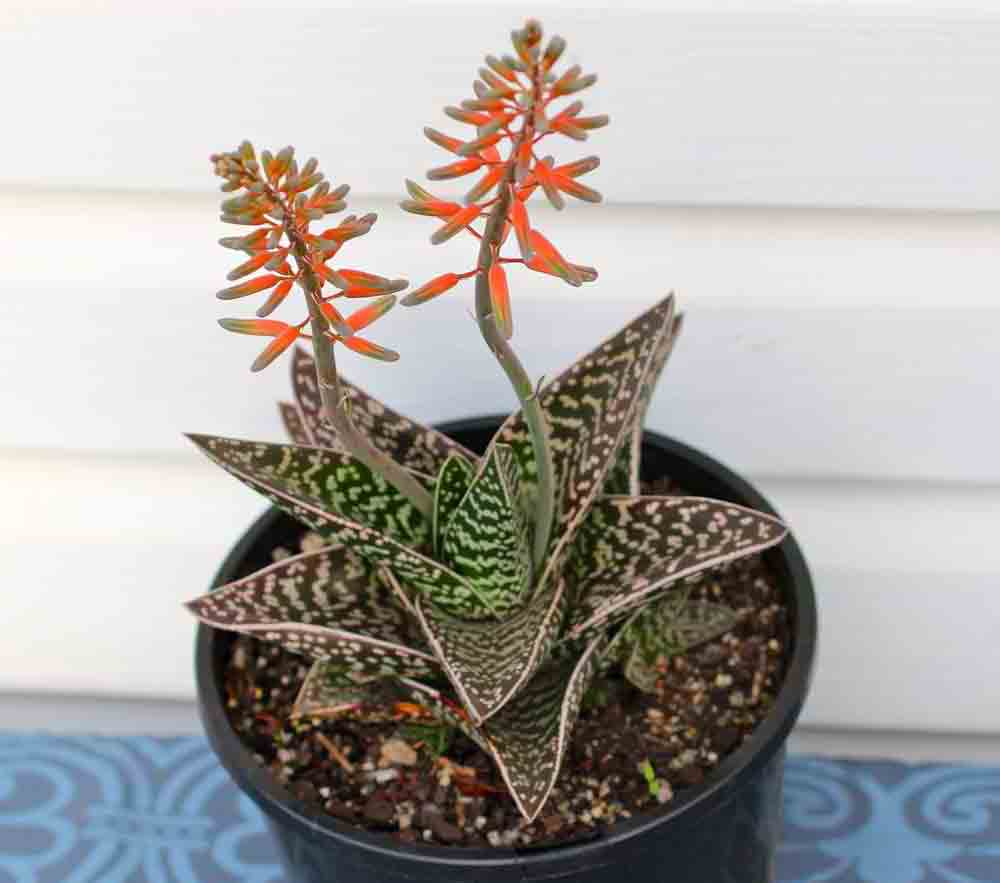

Or aloe variegated, or aloe punctata, or aloe ausana (Aloe ausana). The height of such a stemless shrub is about 30 centimeters. The elongated foliage is collected in root rosettes, its width is up to 6 centimeters, and its length is about 15 centimeters. The dark green leaf plates are decorated with a white pattern of dots and stripes. At the tops of tall peduncles, racemose inflorescences grow, which consist of red, pink or yellow flowers.
Aloe ferox
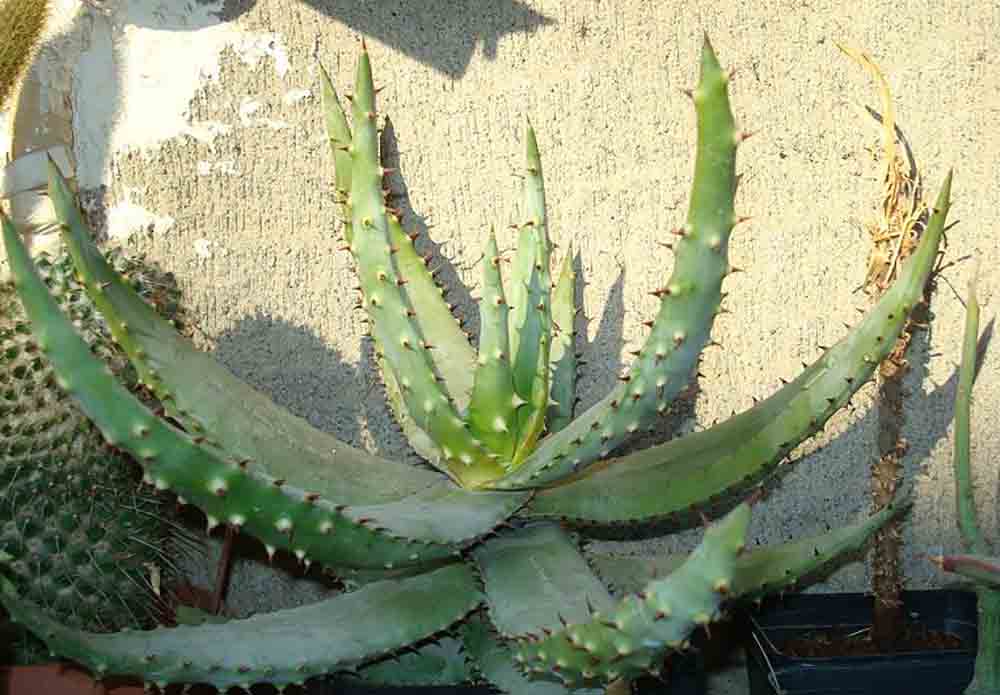

Under natural growing conditions, the height of a bush with a straight stem reaches approximately 3 meters. In the upper part of the aloe, a leaf rosette is formed, consisting of leaf plates about 0.5 meters long and up to 15 centimeters wide. Greenish foliage under certain conditions takes on a pale red tint. The teeth growing along the edge sometimes form on the surface of the sheet plate. From the middle of the leaf rosette, a racemose inflorescence grows, the height of which is about 0.5 meters, it consists of flowers of a rich orange-red hue.
Good luck to you!!!
How to choose and prepare soil for growing aloe tree?
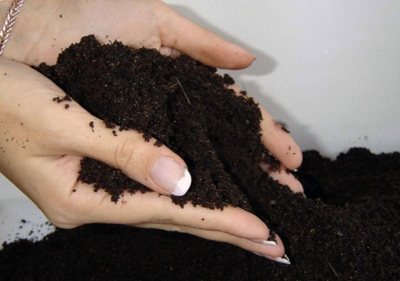

Aloe can grow in almost any soil. A neutral or slightly acidic soil (pH 6.5-7), loose and well-permeable to air and water, is best suited. To do this, you need to mix sod, leafy soil, humus and baking powder. Everything is taken in a ratio of 2: 2: 1: 1. In the absence of air access to the roots, the plant develops poorly.
Suitable as a baking powder:
- coarse sand;
- fine gravel;
- vermiculite;
- brick chips.
Pour drainage 2 cm at the very bottom of the pot, then lay out the soil, the final layer is baking powder.
Reference! Transplant pots should be small in volume and with large drainage holes.
Plant preparation for transplanting
How to transplant ficus at home to a new place
Taking into account the need for transplanting, it is important to prepare the plant for the process. For example, you need to choose a suitable pot, the diameter of which should be larger than the previous one. Tight cookware will slow down the growth of the aloe. An ideal pot should be 1.5 times the size of the previous one.
Advice! After selecting the container, you need to think about the inner contents. The soil mixture should be loose, fertile, and breathable.
If you prepare the soil yourself, you can take coarse sand and leafy earth in equal proportions, adding charcoal to the mixture. To keep the flower in the pot, it is necessary to pour drainage on the bottom. At first, aloe needs feeding. For these purposes, a special mixture for succulents is suitable.
Does it multiply without roots?
- The advantage of planting aloe with a leaf is uniqueness. Few plants can reproduce this way.
- The disadvantages include the fact that when cutting off a leaf, pathogenic microbes can be brought in.
Step-by-step instruction
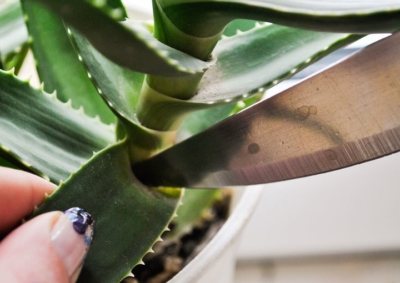

Sequencing:
- Carefully cut off the bottom leaf at the base of the flower with a sharp, disinfected knife. Leaves should be healthy, flawless. Very long - should be shortened or halved. The length of the propagation leaf should be approximately 10-15 centimeters.
- Then the leaves are removed to a warm, dark place for 3-5 days in order to dry the planting material.
- After this time, they are taken out and the cut points are treated with crushed charcoal.
- Leaves are planted in pre-prepared soil to a depth of 3 centimeters. In order for the seedlings to take root, the soil in the pot must always be moist. Otherwise, they may dry out.
It is advisable to plant several leaves of the agave, as you need to be sure of the survival rate of aloe without roots.
Reproduction methods
There are many options for this process:
- shank (shank);
- sheet;
- apical shoot;
- basal process;
- seeds.
Stalk
You can grow aloe from succulent fragments.
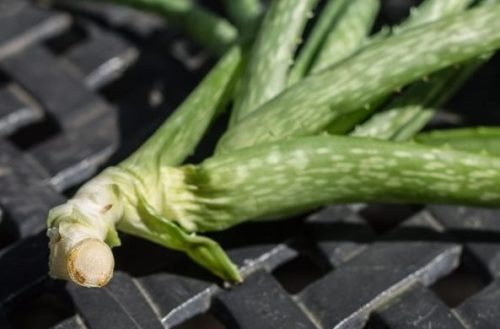

To do this, choose an adult specimen of an unpretentious flower with 7-10 developed leaves. The bush must be healthy, strong, without traces of disease and damage. The necessary part is separated from it with a sharp and clean knife; for disinfection, the sections are treated with activated carbon and left for several days (5-7) in a dark place in the open air. Can be put in the refrigerator, wrapped in paper and set to medium cooling. When the wound on the cut piece has dried up, it can be planted in the ground.
Due to the fact that the aloe is a succulent, it is impossible to immerse the material cut from it in a container with water before planting. This will provoke rotting and death of the cutting. You need to root in the soil.
In order to prevent moisture stagnation, a drainage layer is arranged in a pot of expanded clay or other materials, which helps excess liquid to drain from the pot into the pan. Pre-prepared soil is laid on it. The stalk is placed in the soil so that the lower leaf is slightly in contact with it. To give stability to the appendix, small pebbles or gravel are placed on the upper soil layer. At the same time, they will play the role of mulch that prevents moisture evaporation.
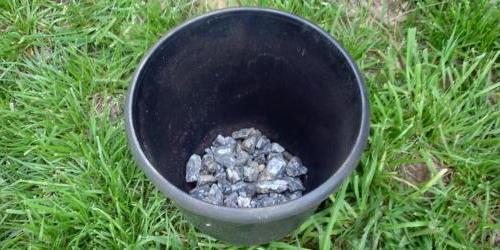

The seedling is watered and placed in a warm place, where it is light and there is no aggressive sunlight. He does not need high humidity.
Roots appear in 2-4 weeks. At this time, how well the watering of the plant is organized is of great importance.Since it tolerates drought more easily than waterlogging, then, accordingly, you need to adhere to this feature and not be zealous with watering.
The appearance of the first young greenery on the seedling means that rooting is complete.
From the sheet
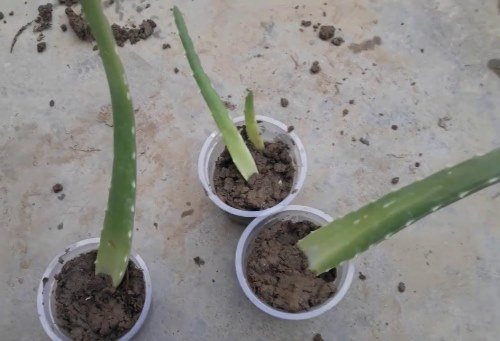

You can get a full-fledged plant by planting a leaf. It is carefully separated at the base (just pinched off), dried, and then immersed in the soil to a depth of about 5 cm. To create comfortable conditions, cover with a jar, glass or cellophane. A mini greenhouse is placed in a warm and bright place, remembering to observe the irrigation regime in order to prevent waterlogging of the earth, as the planting material may die. After 10-15 days, the roots will begin to grow, and then after the same time, young greens will begin to grow. So, soon you will have a full-fledged aloe bush from a leaf.
Apical shoot
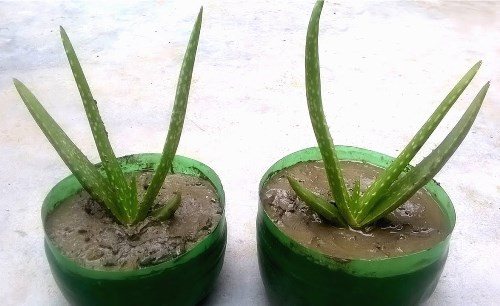

Sometimes, with careless handling, a part of an adult plant breaks off. This is not surprising, because the large juicy stems are delicate and fragile and, if moved unsuccessfully, the flower can split into two parts. One remains in the ground with roots, and the second - a beautiful top, a sad fate awaits. But if you know how to grow an agave from a shoot without roots, then you can save the bush. To do this, the broken off part is placed in the refrigerator for several hours. In the meantime, prepare the container, drainage and soil. A shoot is placed in the moistened ground, deepening it by 1.5-2 cm. A light, warm place is taken away from the pot with a seedling. They look after in the same way as in the previous versions. Water it carefully as the soil dries.
Hilar process
In common parlance, they are called "kids". This method allows you to increase the number of specimens due to the shoots surrounding the adult bush. In order for the agave to quickly begin, a number of simple rules are followed.
- Specimens are transplanted in which at least 3 leaves are formed.
- The root "baby" should be separated from the adult plant during its next transplant.
- Choose an instance with small roots.
They are separated from the main parent bush during the planned transplantation of an adult plant. A sharp knife or cutter is used for this procedure. The baby is separated so that it has small roots. Healthy specimens are planted immediately, and slightly damaged ones wither.
To plant a shoot in a pot, arrange a drainage layer, place a soil on it, the same as for cuttings, and moisten it well. After that, you should wait for excess moisture to drain into the pallet, then you can start planting a young bush. It is buried in the ground by 1 cm. During the first decade, daily moistening is carried out, strictly observing the "golden mean". The plant should not be poured and brought to dryness so that the unformed root system does not die. A month later, young leaves will appear on the plant. This means rooting was successful.
Seeds
Those who want to get a lot of plants at once can use their seeds. The soil for these purposes is prepared in advance, using the necessary components that meet the requirements of the plant. Sowing utensils are taken small and small. They fill it with earth, slightly moisten it and spread seeds on it. Sprinkle on top with sand with a layer of 1 cm. The container is covered with foil or glass to create favorable greenhouse conditions, and provide basic care.
It is uncomplicated. It is necessary to ensure that in the room where the seedlings are located, the temperature is above 20 degrees C, additional lighting is arranged.
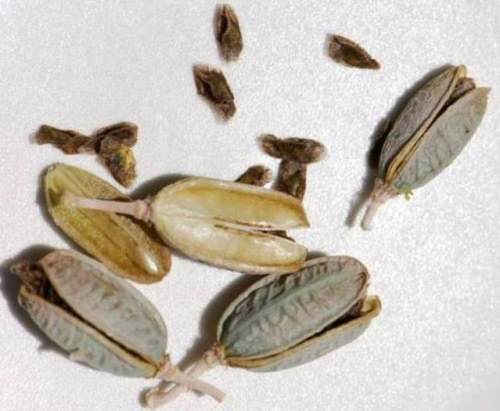

At the same time, they provide high-quality and gentle watering, spraying overgrown young leaves. Do not allow the soil to dry out. When the number of cotyledons is more than three, the seedlings are transferred to separate small pots. Their height should not exceed 5 cm.After a year, the grown specimens are transferred to a larger pot, where they will grow and develop further.
Growing aloe by seed method is troublesome, so they rarely resort to it. Thus, a large number of specimens are obtained, because they survive much better than shoots or cuttings.
Is there a way to root by shoots (cuttings)?
These are young shoots that grow at the base of the roots. The baby is part of the mother's root.
- The advantage is that these branches already have their own root system.
- Disadvantage: When separating the process from the flower, its root can be damaged.
To make the process of separating the shoot easier, the soil in the pot must be moistened first.
Detailed guide
It is necessary:
- remove the plant from the pot;
- carefully, without damaging the roots, separate the process;
- prepare a container for planting, after filling up the drainage and adding a substrate;
- plant a shoot.
When aloe is transplanted at home
Check out these articles as well
- Strawberry pests
- Fertilizer compost
- Fungicide Acrobat
- Fertilizer Master
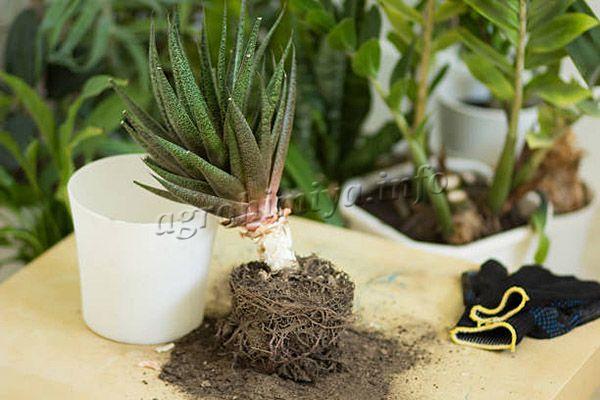

Young bushes are transplanted every year until they are 5 years old.
In order for the transplanted aloe to take root faster and not get sick, it is recommended to carry out the procedure in the spring (in May) or at the beginning of summer (June). This is the time of the most active growing season, so young flower growers should carry out the procedure during these months.
Now about the frequency of transplants. Aloe grows rapidly. Young bushes are transplanted every year until they are 5 years old. Adult aloe slows down development, so it can be transplanted every 3 years. If you transplant aloe more often, this can provoke the development of injuries, diseases, severe stress and, as a result, the flower will die.
Important!
In autumn and winter, aloe is never transplanted, since this is a great stress for the plant. Only in rare cases, when the transplant cannot be postponed for one reason or another, can the procedure be carried out during the cold months. Nevertheless, experts strongly recommend not to do this.
Can you grow from seeds?
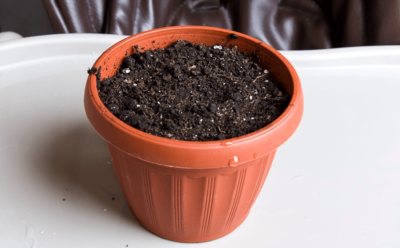

Benefits:
- you can buy a bag of seeds at any flower shop;
- the survival rate of the plant by seed planting is significantly higher than with other methods.
Disadvantages:
- this type of reproduction is the most difficult and longest;
- many growers complain about poor seed quality.
Step-by-step instruction
Sequencing:
- Prepare the substrate from grain sand, leaf and sod land.
- For planting, it is better to take fresh seeds, with a shelf life of one year.
- All seeds undergo special treatment before planting.
Treatment consists in slightly damaging their protective shell in order to accelerate germination. This will require fine sandpaper. - The treated planting material is placed on a damp cloth. Shoots appear in about a week.
- An oven-calcined expanded clay drainage is poured into a small pot. The soil is laid on the cooled drainage and the seedlings are laid out. Then sprinkle with a thin layer of river sand, about 1 centimeter high.
- Moisten the surface carefully.
- The container must be covered with foil to create a special microclimate.
- With the appearance of the first leaves, the film can be removed.
- The grown sprouts must be transplanted into a container with a large volume, with the same soil composition.
Selection and preparation of land
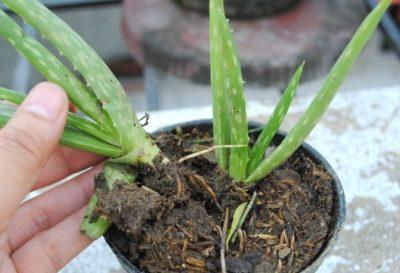

Aloe does not need too fertile soil... The substrate should be light and loose, water and breathable. Acidity is weak or neutral.
The ideal option is a special succulent and cactus soil that can be purchased at any gardening store. It contains enough nutrients necessary for the full development of young plants.
You can make a mixture according to the following recipe:
- sod land - 2 parts;
- sheet land - 1 part;
- coarse sand - 1 part;
- a small amount of ground charcoal;
- some small stones.
Peat should not be added as it increases the acidity of the substrate., which negatively affects the growth of aloe. Before planting, the soil must be exposed to high temperatures - calcined in an oven at + 90 ° C for 30 minutes.
How to top plant?
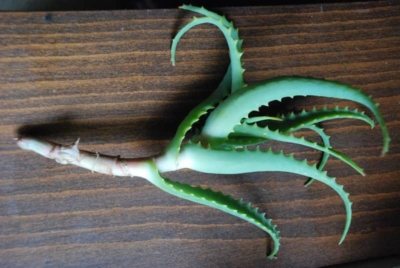

- Advantage: simple and easy method to implement.
- Disadvantage: cutting off the top injures the plant.
- The cut off top with leaves is placed in warm water. To do this, it is better to place a cardboard box with holes on a jar of water so that only the lower part of the top comes into contact with the water.
A couple of drops of plant growth stimulant (for example, Epin extra) can be added to the water. - As soon as the first roots appear, the seedling is planted in a prepared pot.
Important! To avoid decay of the root system, aloe should not be heavily flooded with water.
About how the agave blooms at home and why sometimes it does not bloom and what is the difference between the properties, use and cultivation of an agave and aloe vera, we talked on our website.
Outdoor cultivation
- Choose a not too humid place in partial shade. Do not plant in the open sun, otherwise burns will appear on the leaves. Arrange the flower so that the sun shines on it in the morning, and in the afternoon it falls into the shade. You can plant the shoot next to the tree, at a distance of one to one and a half meters, depending on the volume of the crown. Do not place near the trunk - the aloe will be dark.
- Having planted the shoot in the ground, tamp the soil around it a little.
- Drizzle with warm water.
First departure
- In the first two to three weeks, the pot with the transplanted flower should not be placed on a cold windowsill. It is recommended to place the plant in a well-lit, warm place. To avoid burns, keep away from direct sunlight.
- Immediately after transplanting, for better rooting, the flower must be watered with a phytosporin solution, dissolving 1 teaspoon of powder per liter of warm water.
- It is necessary to water the seedling 2-3 times a month in the warm season, and once a month in winter. Aloe should not be fed for the first 6 months because the flower was planted in fresh soil.
If you adhere to these recommendations, you can achieve good results with the reproduction of aloe. This flower is very unpretentious to care for, and even a novice florist can reproduce and grow a whole plantation of these useful plants.
How to transplant an adult plant into another pot
The work associated with aloe transplant is easier to divide into several stages. For example:
- Stop watering the flower one day before the event.
- If diseases are observed in aloe, it is better to free the flower from the old earth altogether. Rinse the root system, cut off the old roots.
- Laying out the drain at the bottom of the container is a prerequisite. Add soil on top.
- Place the plant in the center of the pot, observing the condition of the roots. The stem of the flower should be just below the edge of the pot.
- Cover the roots with earth, ensuring uniformity. Tamp each next layer a little.
How to transplant a Decembrist at home into a new pot
Watering after transplanting should be rooted.
Important! Water should not cause the plant to rot. Aloe must be protected from direct sunlight.
What kind of pot is needed
Home plant pots surprise with their variety. The shapes, textures and colors are very diverse, what kind of pot is needed for aloe is sometimes incomprehensible. The container affects the external characteristics of the plant, therefore the stage is one of the most important.
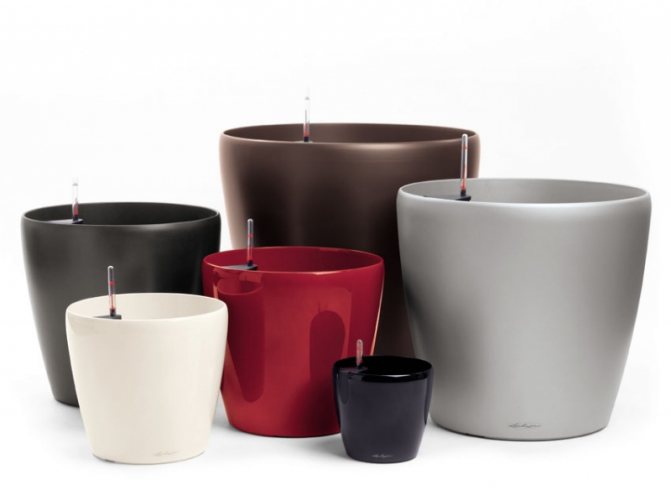

Variety of pots for indoor plants
Aloe is enduring, but a lot depends on the right pot. For example, a flower pot is a decorative vessel without a pallet. The accessory is smart in itself, so it hides the unattractiveness of the succulent.
For aloe roots, it is important to allow for sufficient space.However, you should not initially choose a large pot. After all, in the future, an even larger container will be needed. Dark pots should not be considered as they bask in the sun. Rectangular containers are considered not very useful. In the corners, water accumulates in them, mold appears, ventilation deteriorates.
Important! The optimal size of the container for one flower is 10-14 cm. If the plant is large or there are several aloe in the pot, the diameter of the pot should be 20-25 cm. When choosing a container, it is necessary to take into account the root structure of the plant.
When alternative to a particular container, it is necessary to take into account the material of the pot. Most houseplants do well in ceramic crockery. Planters of this type are not only beautiful, but also environmentally friendly. Ceramics are characterized by the presence of pores through which oxygen penetrates inside. Thanks to this uniqueness of the material, a high-quality climate is maintained inside. A ceramic pot is indispensable for plants that do not tolerate waterlogging. Aloe is just such.
Land requirements
Aloe grows in nature in places where it is very hot, and there is a minimum of rain. In the room, the cactus species prefers a loose soil substance. It is important that breathability is present. The land should be well-drained.
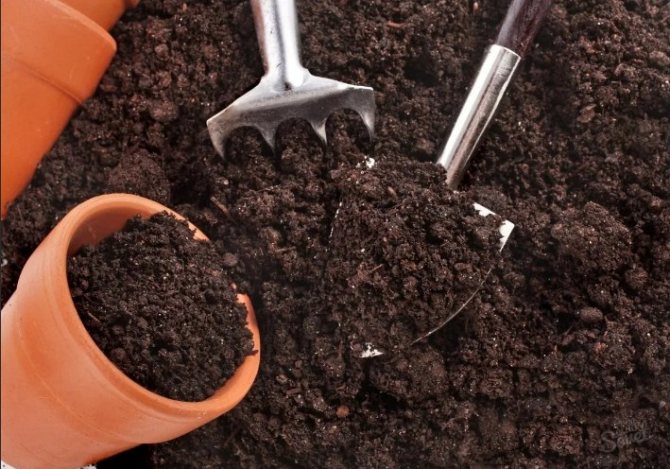

Loose soil for planting
If the plant does not like the selected soil, the flower will react accordingly. For example, yellowing and early death of aloe will begin. To prevent this, it is better to choose soil with a slightly acidic pH, up to 7 units.
Baking powder required:
- gravel chips;
- perlite mixture;
- vermiculite mixture;
- crumb of bricks;
- small coals.
Basic ingredients of the mixture:
- turf;
- ordinary land;
- sandy ground;
- fresh humus.
What if the plant does not take root?
To understand what needs to be done if the plant does not take root, it is worth finding out the reason. There may be several such reasons: unsuitable substrate, poor planting material, improper care.
- If it turns out that for aloe soil is not suitabletherefore, it must be replaced immediately. It is necessary to make the correct composition of the soil, adhering to all the recommendations and advice from flower growers, or buy ready-made land for succulents.
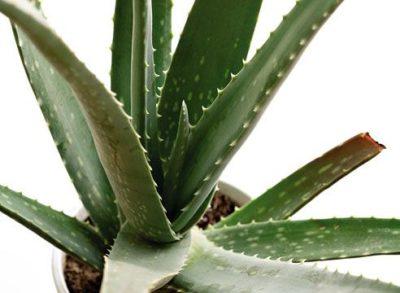

Poor planting material indicates that the stalk was taken from a diseased plant or was itself damaged. The likelihood that it will successfully take root is extremely small. Therefore, you will have to re-carry out the transplant procedure.- Improper care of aloe. You need to be extremely careful and strictly follow the recommendations of experienced florists. If the owner of the plant noticed that the flower does not take root, first of all it is necessary to reconsider the care of it and understand what is being done wrong. After finding out the cause, eliminate it immediately.
We suggest reading the following helpful articles about aloe:
- Aloe pruning rules.
- Features of flowering aloe.
Shank
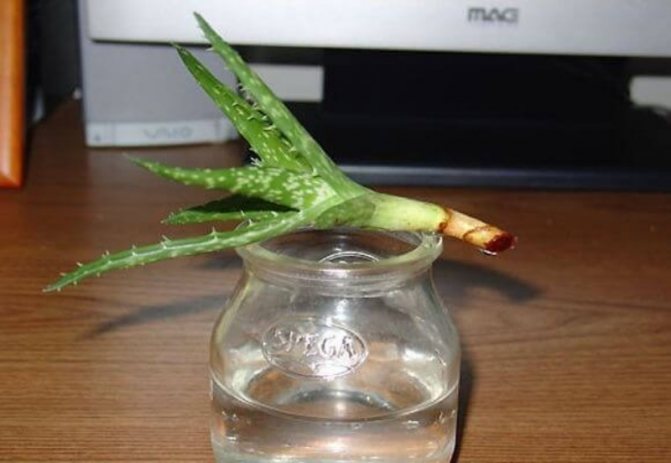

Aloe propagation by cuttings is also very common. This requires:
- Carefully cut off a plant shoot about 10 cm long and keep it in a closed box for several days until a film forms. It is worth taking only a healthy shoot, without signs of illness.
- You need to cut it off at the very base. The procedure is carried out with a sharp knife, which must be disinfected before work. Otherwise, there is a risk of infecting the plant with an infection or fungal spores. Sharpened garden shears are also suitable.
- The place of the cut must be treated with charcoal powder.
- Then place the cutting in the sand, deepening it by 1 cm.If it is not one, the distance between the cuttings should be at least 3 cm.
- Watering the cutting should be infrequent.
- When the roots appear, you can transplant to a permanent place. The recommended hole depth is 4 cm.
- To speed up the rooting process, it is recommended to keep the planting material in a growth promoter. Such drugs are harmless because they are of natural origin.

